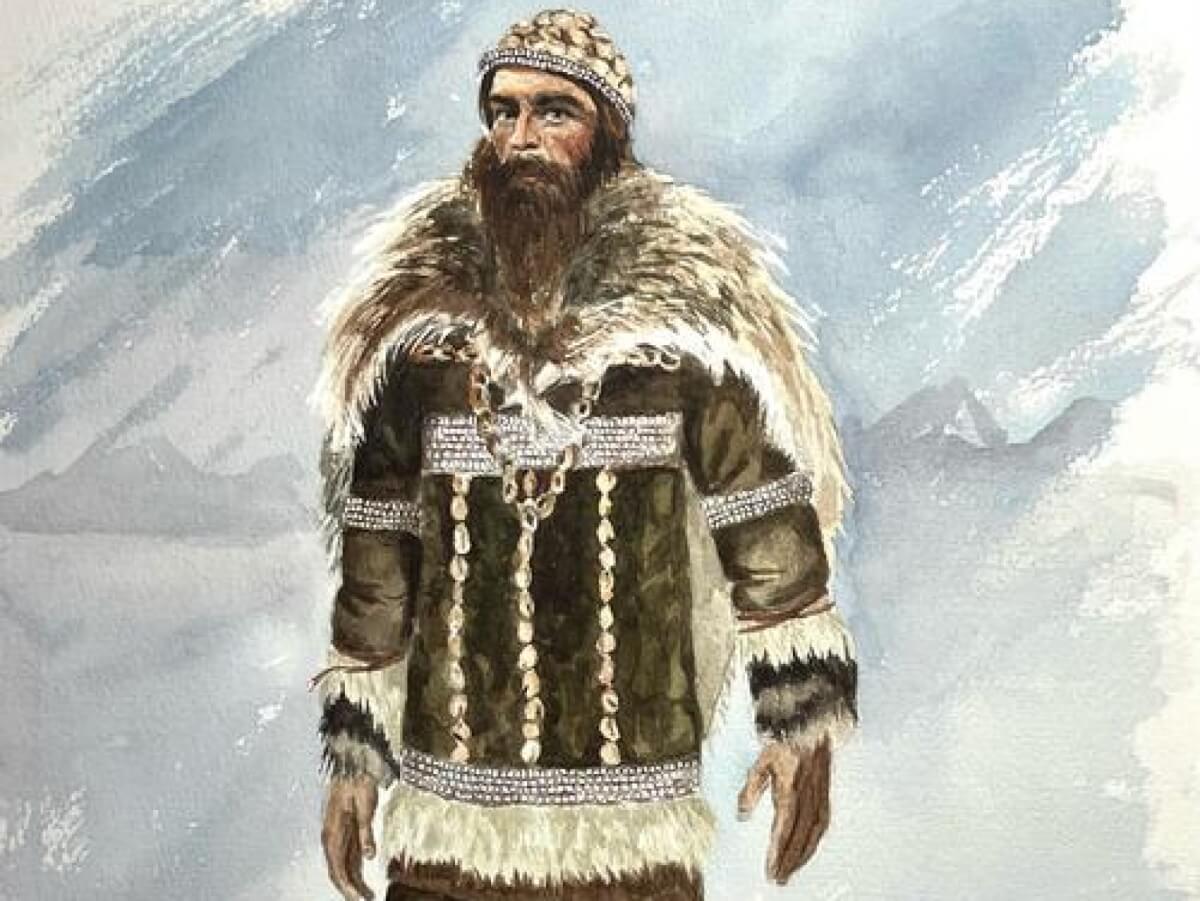
Upper Paleolithic decorated tailored clothing: an artist’s impression ( photo by Mariana Ariza ).
SYDNEY — Forty thousand years ago, the earth had its first designer. A research published in Science Advances reveals how our ancestors used eyed knife tools to dress their clothes. Although the smaller adornments may not seem particularly impressive by today’s standards, the choice made a major change in how fashion is perceived. Clothes were once a form of self-expression and cultural identity, no more a means of protection against the parts.
” Why do we use clothes? We assume that it’s part of being human, but when you look at different faiths, you realize that people existed and functioned properly effectively in society without clothing”, explains Ian Gilligan, a teacher of Archaeology at the University of Sydney in Australia, in a media release.
Why individuals started wearing apparel to express themselves is a question that scientists are asking. According to the study, clothing evolved from a real need to a cultural necessity to become more appealing in group dynamics.

Trending: Spotted needles on primitive clothing
The oldest piece of art dates back 40, 000 times, and eyed pins date from Siberia, one of the most recognizable pieces from the Stone Age. They are sharpened instruments made of animal bone, related to bone trends. To facilitate cutting into clothes, eye needles have a perforated hole in them.
Bone trends were already used to create tailored clothing, but eyed needles likely amounted to a change to creating more intricate and layered clothing ( a must for those who survived the chilly Siberian seasons ). The authors note that our Paleolithic ancestors also adorned themselves with stones and other smaller decorative items, along with eyed pins.
Up until the most recent glacier pattern, clothing was only worn on an ad hoc basis, according to experts. We find the typical tools, such as hide scrapers and stone scrapers, appearing and disappearing throughout the various ice ages, according to Dr. Gilligan.

The development of apparel explained
According to the creators, clothes became a new way for people to express themselves. Since people generally wore clothing to stay warm, traditional decoration techniques like body painting and intentional scaring were not practical during the last Ice Age.
Clothing represented a desire for warmth and protection in the chilly conditions. As diverse communities moved to colder climates and people began to identify community members, it gradually morphed into a cultural need. Knowing who was in your community and how eager to work with you would be a mystery. Ultimately, adorning unique artwork or decorations on clothing strengthened a group’s ethnic identity and provided individual expression.
When we’re not in public, Dr. Gilligan writes,” We take it for granted that we feel comfortable wearing clothing and miserable no.” However,” How does wearing clothes affect how we view ourselves, how we perceive ourselves as people, and possibly how we view the atmosphere around us”?

